New Museum Confronts America’s History of Racism
The Montgomery, Ala., memorial features graphic sculptures recounting lynchings and other racially motivated violence.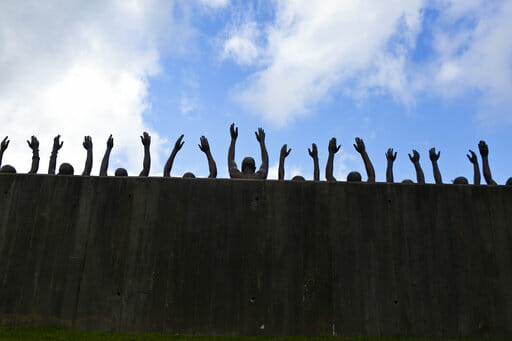 A bronze statue titled "Raise Up" is part of the display at the National Memorial for Peace and Justice. (Brynn Anderson / AP)
A bronze statue titled "Raise Up" is part of the display at the National Memorial for Peace and Justice. (Brynn Anderson / AP)
The National Memorial for Peace and Justice, which opens to the public in Montgomery, Ala., on Thursday, is the nation’s first memorial dedicated to enslaved black people, the victims of lynching, racial segregation and Jim Crow laws.
The Equal Justice Initiative (EJI), a Montgomery nonprofit that focuses on racial injustice and criminal justice reform and works to help marginalized communities, is responsible for bringing the memorial to fruition, The New York Times reports. EJI founder Bryan Stevenson told the paper that the idea for the memorial was inspired by the fact that nothing like it existed—despite the thousands of black people who died during decades of racial terror in America.
“Our nation’s history of racial injustice casts a shadow across the American landscape,” Stevenson said in a statement. “This shadow cannot be lifted until we shine the light of truth on the destructive violence that shaped our nation, [traumatized] people of [color] and compromised our commitment to the rule of law and to equal justice.”
The New York Times describes the effect of the memorial:
At the center is a grim cloister, a walkway with 800 weathered steel columns, all hanging from a roof. Etched on each column is the name of an American county and the people who were lynched there, most listed by name, many simply as “unknown.” The columns meet you first at eye level, like the headstones that lynching victims were rarely given. But as you walk, the floor steadily descends; by the end, the columns are all dangling above, leaving you in the position of the callous spectators in old photographs of public lynchings.
The magnitude of the killing is harrowing, all the more so when paired with the circumstances of individual lynchings, some described in brief summaries along the walk: Parks Banks, lynched in Mississippi in 1922 for carrying a photograph of a white woman; Caleb Gadly, hanged in Kentucky in 1894 for “walking behind the wife of his white employer”; Mary Turner, who after denouncing her husband’s lynching by a rampaging white mob, was hung upside down, burned and then sliced open so that her unborn child fell to the ground.
The memorial encourages counties where violence took place to make reparations. For each steel column, which includes the name of a county and the names of the people lynched there, there is a duplicate copy on the memorial grounds. If the listed county submits documentation of its efforts to address its local history of racial terror, it can claim its column and display it locally.
“I’m not interested in talking about America’s history because I want to punish America,” Stevenson said. “I want to liberate America.”
Thursday’s opening will be followed by several days of educational events featuring nationally known figures and musical performances. Tickets to the memorial are now available.
Your support matters…Independent journalism is under threat and overshadowed by heavily funded mainstream media.
You can help level the playing field. Become a member.
Your tax-deductible contribution keeps us digging beneath the headlines to give you thought-provoking, investigative reporting and analysis that unearths what's really happening- without compromise.
Give today to support our courageous, independent journalists.

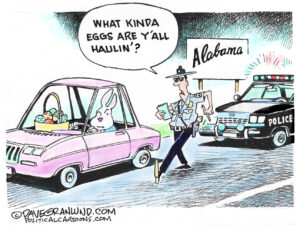
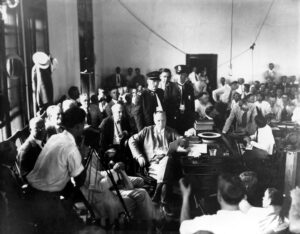

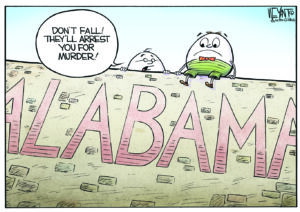
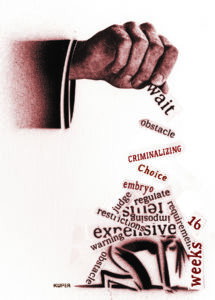
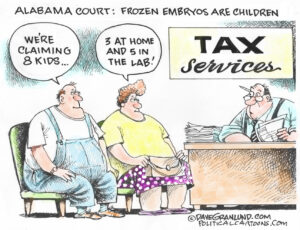


You need to be a supporter to comment.
There are currently no responses to this article.
Be the first to respond.